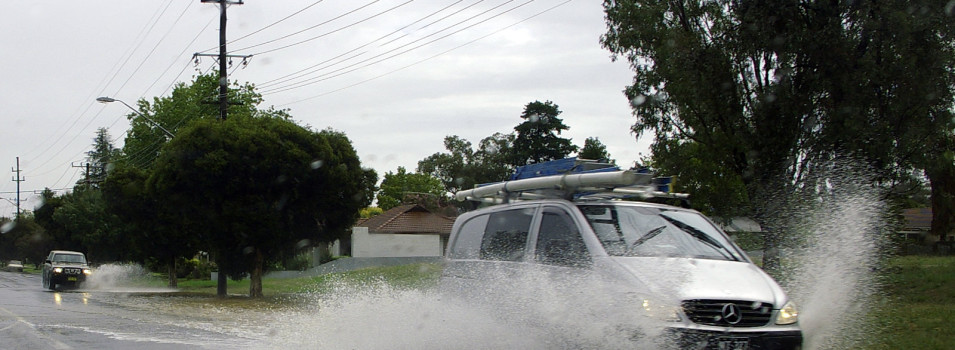
What is Hydroplaning?
Hydroplaning refers to the skidding or sliding of cars, especially on a wet surface or road. It occurs when the water encountered by the tires is much more than they can handle, thus losing traction and resulting to skids, loss of steering, power control, and braking.
Because of this, rubber tires were designed to have threads or grooves to help them channel water beneath the tire. These grooves create higher friction, and with such resistance, there is a minimized chance of hydroplaning. Although your tires may be grooved and designed against hydroplaning, it would still be safe to assume there are slim chances that you will still experience skids.
During rainy days, every driver must be wary especially in the first 10 minutes of light rain. This is when the rain mixes with the oil and dirt on the road surface that might cause vehicles running very fast (35mph) to skid and hydroplane. Always remember that a car that hydroplanes isn’t only a hazard to the person driving the car, but also to the other vehicles on the road. This can result in serious road accidents.
Here are a few tips anyone can do to make sure you avoid hydroplaning:
1. Make sure you don’t have flat tires and that they are always properly inflated.
Also, make sure your tires have good tread, otherwise there will be less traction, and you will become more prone to hydroplaning.
2. Rotate and replace tires when necessary.
Some tires get worn out pretty easily in some cars, so rotating your tires once in a while could help reduce the damage and give your tires a longer lifespan. Rotate tires for every 3000 miles of a road trip. Also, if you have a front wheel drive vehicle, you must consider tire rotation seriously, since, in this case, front tires get worn out faster and more differently from back tires.
3. When there is ta lot of water on the road or when there is rain, slow down to give your tires friction.
The faster you run, the more likely you are to hydroplane. It’s especially important to go slowly if you see standing water.
4. Stay away from puddles and standing water.
Always look out for puddles since the greater the amount of water, the greater the chance to hydroplane. This means you should avoid driving in outer lanes since that is where water usually accumulates. Try to follow the tracks left by the cars before you, since there is a smaller probability of water building up in areas experiencing full tire action.
5. Turn off cruise control.
You are better off without cruise control during rainy days, especially if it’s heavy downpour. Turning off cruise control will direct your focus to the present and will make you more aware of he surroundings.
6. Avoid hard braking.
If you have anti-lock brakes then you can brake as you usually do, but if you don’t, then make sure you brake in small gentle pumps. Make sure you don’t lock the wheel, or you will surely skid and hydroplane.
7. Try not to make sharp or quick turns.
Always be careful when taking turns. Doing so sharply will most likely result to hydroplaning since your tires will have less time to gain traction and will therefore skid.
As you can see, your tires play a very critical role in your drive. If you are a tire store, an auto recycler or a car dealer, it is important to know this information so that you can give your customers appropriate recommendations when they choose their tires. Manage your tire business efficiently through an effective and proven holistic system where you can organize, advertise and invoice tires in one easy step. Check out our system and avail of our free trial today!
